Home>Garden Essentials>How Often Do You Water Cilantro Seeds
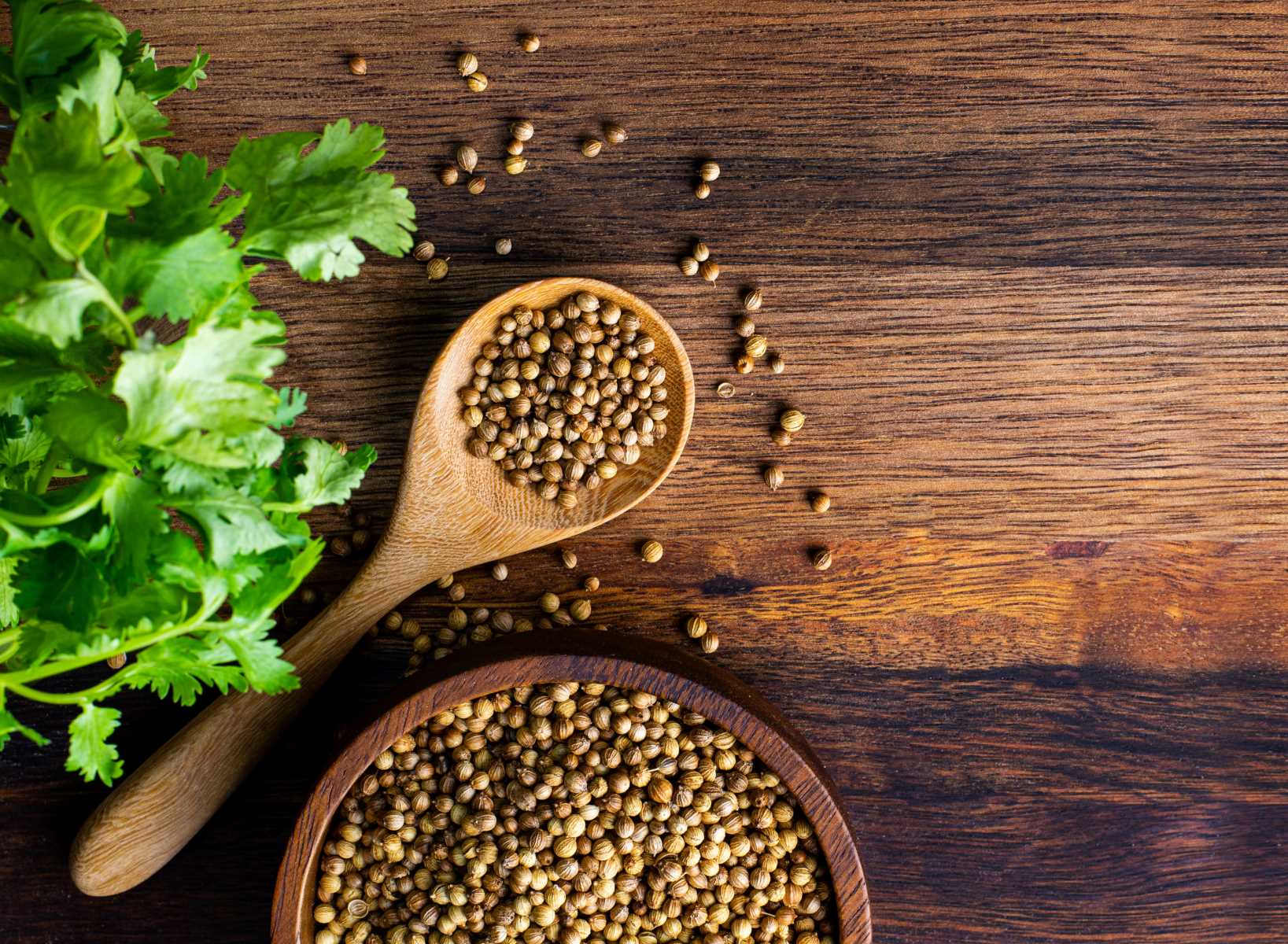

Garden Essentials
How Often Do You Water Cilantro Seeds
Modified: March 16, 2024
Discover the best watering schedule for cilantro seeds in your garden. Make sure your plants thrive with proper water management.
(Many of the links in this article redirect to a specific reviewed product. Your purchase of these products through affiliate links helps to generate commission for Storables.com, at no extra cost. Learn more)
##
Introduction
Cilantro, also known as coriander, is a versatile herb popular for its unique flavor and aromatic leaves. Whether you’re a seasoned gardener or just starting out, growing cilantro from seeds can be a rewarding experience. One crucial aspect of successful cilantro cultivation is proper watering. So, how often should you water cilantro seeds?
Watering frequency for cilantro seeds depends on several factors, including the climate, soil type, stage of growth, and environmental conditions. Finding the right balance is key to promoting healthy growth and preventing common issues such as bolting and rotting. In this article, we’ll explore the factors that affect watering frequency for cilantro seeds and how to determine the ideal watering schedule. We’ll also discuss the signs of both underwatering and overwatering, as well as common mistakes to avoid.
Before we dive into the specifics, it’s essential to understand the importance of water for cilantro seeds. Adequate moisture is crucial during the germination phase, as it helps soften the seed coat and kickstart the growth process. Once the seeds have sprouted, consistent and appropriate watering ensures that the plants thrive and develop into full-grown cilantro.
Keep in mind that cilantro has a shallow root system, which makes it susceptible to drying out quickly. On the other hand, excessive watering can lead to root rot and other issues. Striking the right balance is essential for ensuring healthy cilantro plants and a bountiful harvest.
In the upcoming sections, we’ll discuss the factors that affect watering frequency for cilantro seeds and provide guidance on how to determine the ideal watering schedule. By understanding these principles, you’ll be better equipped to care for your cilantro plants and optimize their growth. Let’s get started!##
Key Takeaways:
- Cilantro seeds need just the right amount of water to grow well. Use the finger test, observe the plants, and consider the weather to determine when to water. Avoid overwatering and underwatering to keep your cilantro healthy.
- Watch out for signs of underwatering, like wilting leaves, and overwatering, such as yellowing leaves and root rot. Avoid common mistakes like shallow watering and inconsistent watering to help your cilantro thrive.
Read more: How Often Do You Water Grass Seeds
Factors Affecting Watering Frequency for Cilantro Seeds
Several factors come into play when determining the appropriate watering frequency for cilantro seeds. Understanding these factors will help you create the ideal growing conditions for your cilantro plants. Here are the key factors to consider:
### 1. Climate and Temperature
The climate in which you’re growing cilantro plays a significant role in determining the watering needs of the seeds. In hot and arid regions, where the soil tends to dry out quickly, you may need to water more frequently. Conversely, in cooler or more humid climates, less frequent watering may be necessary.
Additionally, the temperature also affects how much water the cilantro seeds require. Warmer temperatures increase evaporation rates, leading to faster moisture loss in the soil. Monitoring the weather conditions and adjusting your watering schedule accordingly will help maintain proper soil moisture levels.
### 2. Soil Type and Drainage
The type of soil in which you’re growing cilantro seeds is another crucial factor. Well-draining soil is essential to prevent waterlogged conditions that can lead to root rot. Sandy or loamy soils tend to drain water better, whereas clay soils have a higher water-holding capacity.
If your soil has poor drainage, consider amending it with organic matter such as compost to improve its structure and drainage capabilities. This will help ensure that water reaches the roots without pooling around the plants.
### 3. Stage of Growth
The growth stage of cilantro plants will also influences watering frequency. During the germination phase, when the seeds are first planted, they require consistent moisture to encourage sprouting. Once the seedlings emerge, you can gradually reduce the frequency of watering but maintain consistent moisture levels.
As the cilantro plants mature and develop leaves, they will require more water to support their growth. Pay attention to the plant’s water needs as it progresses through different stages.
### 4. Environmental Conditions
Environmental conditions such as sunlight exposure, wind, and humidity can impact the rate of water evaporation from the soil. Plants exposed to direct sunlight or strong winds tend to lose more moisture and may require more frequent watering.
Similarly, high humidity levels can slow down evaporation and reduce the need for frequent watering. Monitoring these environmental factors and adjusting your watering schedule accordingly will help ensure that your cilantro plants receive the right amount of moisture.
By considering these factors, you can determine the watering frequency that best suits your cilantro seeds and growing conditions. However, it’s important to remember that these are general guidelines, and you should also rely on visual cues from the plants to help fine-tune your watering schedule. In the next section, we’ll discuss how to determine the ideal watering schedule for cilantro seeds.##
Determining the Ideal Watering Schedule for Cilantro Seeds
While there are several factors to consider when determining the watering schedule for cilantro seeds, it ultimately depends on finding the right balance between providing enough moisture for healthy growth and avoiding overwatering. Here are some steps to help you determine the ideal watering schedule:
### 1. Use the Finger Test
One simple and effective way to determine if your cilantro seeds need watering is by using the finger test. Insert your finger into the soil up to your first knuckle. If the top inch of soil feels dry, it’s time to water. However, if it still feels slightly moist, you can hold off on watering for a little longer.
### 2. Observe the Plants
Pay close attention to the appearance and behavior of your cilantro plants. Wilting leaves are a sign of underwatering, while yellowing or drooping leaves can indicate overwatering. Healthy cilantro plants should have vibrant green foliage and firm stems. Adjust your watering schedule based on these visual cues and the overall health of the plants.
### 3. Consider the Weather
Take into account the current and forecasted weather conditions. If you’re experiencing a heatwave or prolonged dry spell, your cilantro plants may need more frequent watering. On the other hand, during periods of cooler temperatures or rain, you can reduce the watering frequency.
### 4. Water Deeply but Infrequently
When you do water your cilantro seeds, ensure that you provide enough water to reach the root zone. Light watering only saturates the top layer of soil and encourages shallow root growth. Instead, water deeply to promote deep root development.
Aim to moisten the soil to a depth of 6 to 8 inches. Depending on the factors we discussed earlier, this may require watering once or twice a week, or even every few days in hotter climates.
### 5. Time Your Watering
To minimize water loss through evaporation, it’s best to water your cilantro seeds in the early morning or late afternoon. These times of day offer cooler temperatures and calmer winds, allowing the plants to absorb moisture more effectively.
### 6. Mulch to Retain Moisture
Apply a layer of organic mulch, such as straw or compost, around your cilantro plants. Mulch helps conserve soil moisture, prevents weed growth, and regulates soil temperature. Apply a 2 to 3-inch layer of mulch, ensuring that it doesn’t directly touch the stems to avoid moisture-related issues.
By following these guidelines and adjusting your watering schedule based on the specific needs of your cilantro seeds, you’ll be well on your way to providing optimal moisture for healthy growth. In the next sections, we’ll explore the signs of both underwatering and overwatering, as well as common mistakes to avoid when watering cilantro seeds.##
Signs of Underwatering Cilantro Seeds
Underwatering cilantro seeds can have negative effects on their growth and overall health. It’s crucial to be able to recognize the signs of underwatering so that you can take corrective action promptly. Here are some common signs to look out for:
### 1. Wilting Leaves
One of the primary indicators of underwatering is wilting leaves. As cilantro plants lose water through transpiration, they begin to droop and appear wilted, especially during the hottest part of the day. The leaves may also take on a dull and yellowish appearance.
### 2. Dry Soil
If you notice that the top layer of soil is consistently dry and crumbly, it could be a sign that your cilantro seeds are not receiving enough water. Checking the soil moisture regularly, either by using the finger test or a moisture meter, will help you determine if underwatering is the issue.
### 3. Stunted Growth
Underwatered cilantro seeds often exhibit stunted growth. They may fail to develop new leaves or show slow progress in reaching maturity. Cilantro plants that lack sufficient moisture struggle to absorb necessary nutrients and may struggle to thrive.
### 4. Curling and Yellowing Leaves
When cilantro plants are underwatered, the leaves may start to curl inward to minimize water loss through transpiration. Additionally, the leaves may turn yellow, indicating a lack of chlorophyll production. If the yellowing leaves progress to become dry and crispy, it may be a sign of severe dehydration.
### 5. Delayed Flowering
Cilantro plants that are not provided with adequate water may exhibit delayed flowering, or they may skip the flowering phase altogether. Flowering is an essential stage in the cilantro’s lifecycle, as it produces the coriander seeds. Underwatering can disrupt this process and lead to poor seed production.
If you notice any of these signs of underwatering in your cilantro seeds, take action to provide them with the proper hydration they need. Adjust your watering schedule, ensuring that you water deeply and provide sufficient moisture to the root zone.
Remember that prevention is key, so monitor your cilantro plants regularly and maintain a consistent watering routine to avoid underwatering. In the next section, we’ll discuss the signs of overwatering and the potential issues it can cause in cilantro seeds.##
Water cilantro seeds regularly, keeping the soil consistently moist but not waterlogged. Water every 2-3 days, or when the top inch of soil feels dry. Avoid overwatering to prevent root rot.
Signs of Overwatering Cilantro Seeds
While it is important to provide adequate moisture to cilantro seeds, overwatering can be just as detrimental to their growth and health. Excessive water can lead to root rot and other issues. Being able to recognize the signs of overwatering is crucial in order to prevent further damage. Here are some common signs to look out for:
### 1. Yellowing and Drooping Leaves
If the leaves of your cilantro plants are consistently yellow and drooping, it may be a sign of overwatering. Overly saturated soil prevents the roots from receiving oxygen, leading to a lack of nutrient absorption and subsequent leaf discoloration.
### 2. Fungus and Mold Growth
Excessive moisture creates a favorable environment for the growth of fungus and mold. If you notice fuzzy, white, or green patches on the soil surface or on the stems of your cilantro plants, it could indicate overwatering. These growths can further inhibit nutrient uptake and damage the roots.
### 3. Root Rot
Overwatering can lead to root rot, a condition where the plant’s roots become waterlogged and begin to decay. If you carefully dig up an affected plant, you may notice a foul odor and discolored, mushy roots. Root rot inhibits the plant’s ability to uptake water and nutrients, leading to further decline.
### 4. Wilting Despite Moist Soil
Ironically, overwatered cilantro seeds may still exhibit wilting, even if the soil is moist. This is because the excessive moisture prevents the roots from absorbing oxygen, resulting in root suffocation and subsequent wilting.
### 5. Slowed or Stunted Growth
Excessive water can hinder the growth of cilantro seeds. If you notice minimal growth or a lack of new leaves despite providing adequate sunlight and nutrients, it may be a sign of overwatering. The constant presence of water inhibits root development, which in turn affects the overall growth of the plant.
### 6. Moldy or Smelly Soil
If your soil has a strong, unpleasant odor or appears moldy, it is likely a sign of overwatering. The excess moisture creates an environment conducive to the growth of harmful bacteria and fungus, which can have a negative impact on your cilantro plants.
If you observe any of these signs of overwatering, it is crucial to adjust your watering practices immediately. Allow the soil to dry out partially before providing additional water. Proper drainage and opting for well-draining soil can help prevent overwatering issues in the future.
Finding the right balance of moisture is essential for your cilantro plants to thrive. In the next section, we will discuss common mistakes to avoid when watering cilantro seeds to help you maintain the ideal moisture level for healthy growth.##
Read more: How Often Do You Water Grass Seed
Common Mistakes to Avoid when Watering Cilantro Seeds
Watering cilantro seeds may seem straightforward, but there are several common mistakes that gardeners make. These mistakes can impact the health and growth of your cilantro plants. By being aware of these pitfalls, you can ensure that you’re providing optimal moisture and care. Here are some common mistakes to avoid when watering cilantro seeds:
### 1. Overwatering
Overwatering is a common mistake that can lead to root rot and other issues. Avoid the temptation to water your cilantro seeds too frequently or in excessive amounts. Instead, follow a consistent watering schedule and ensure the soil has proper drainage to prevent waterlogging.
### 2. Inadequate Drainage
Insufficient drainage is another mistake to watch out for. If the water is not able to drain properly from the soil, it can lead to waterlogged conditions and root rot. Make sure your planting containers or garden beds have adequate drainage holes to allow excess water to escape.
### 3. Shallow Watering
Cilantro has a shallow root system, so it’s important to water deeply to encourage proper root growth. Shallow watering only wets the top layer of soil and can result in shallow root development. Ensure that you water deeply enough to moisten the soil to a depth of at least 6 inches.
### 4. Inconsistent Watering
Providing inconsistent moisture levels can stress cilantro plants and lead to uneven growth. Avoid irregular watering habits that result in alternating periods of dryness and excessive moisture. Instead, establish a consistent watering routine to maintain a steady level of soil moisture.
### 5. Watering at the Wrong Time of Day
Timing is crucial when it comes to watering cilantro seeds. Watering during the hottest part of the day can lead to excessive evaporation and water loss. On the other hand, watering late in the evening can create an environment conducive to fungal growth. Optimal times for watering are early morning or late afternoon when temperatures are cooler and winds are calmer.
### 6. Neglecting Soil Testing
Regularly testing the moisture levels in the soil is vital to prevent both underwatering and overwatering. Use the finger test or a moisture meter to gauge when it’s time to water. Rely on visual cues from the plants and adjust your watering frequency accordingly.
### 7. Ignoring Environmental Factors
Environmental factors such as climate, temperature, and sunlight exposure play a significant role in a plant’s water needs. Consider these factors when determining your watering schedule and make adjustments accordingly. For example, during a heatwave, your cilantro seeds may require more frequent watering.
By avoiding these common mistakes and providing your cilantro seeds with consistent, proper watering, you can ensure healthy growth and a bountiful harvest. Remember, each plant and growing environment is unique, so it’s essential to observe and understand the specific needs of your cilantro seeds. Now that you’re equipped with the knowledge to water your cilantro seeds effectively, you can enjoy the rewards of a thriving herb garden.##
Conclusion
Watering cilantro seeds appropriately is a vital aspect of their care and cultivation. Finding the right balance between underwatering and overwatering is crucial for ensuring healthy growth and maximizing the yield of this versatile herb. By considering factors such as climate, soil type, stage of growth, and environmental conditions, you can determine the optimal watering frequency for your cilantro plants.
Remember to use the finger test and observe visual cues from the plants to assess their water needs. Water deeply but infrequently, aiming for a moist soil depth of 6 to 8 inches. Time your watering in the early morning or late afternoon to minimize water loss through evaporation. Mulching around your cilantro plants can help retain moisture and regulate soil temperature.
Avoid common mistakes such as overwatering, inadequate drainage, shallow watering, inconsistent watering, watering at the wrong time of day, neglecting soil testing, and ignoring environmental factors. By being mindful of these mistakes and taking proactive measures, you can provide your cilantro seeds with the optimal amount of water they need for healthy growth.
Understanding the signs of both underwatering and overwatering, such as wilting leaves, dry soil, yellowing or drooping leaves, fungus or mold growth, and root rot, will help you identify and address any watering issues promptly. Regularly monitoring your cilantro plants and making adjustments to your watering schedule based on their specific needs will lead to successful cultivation and a bountiful cilantro harvest.
Remember that growing cilantro from seeds is a rewarding experience that requires patience, care, and attention to detail. With proper watering techniques, along with providing adequate sunlight, nutrient-rich soil, and regular maintenance, you can enjoy a thriving cilantro garden and savor the fresh flavors of this aromatic herb in your culinary creations.
So, go ahead and start growing your cilantro seeds with confidence, knowing that you have the knowledge to provide them with optimal moisture levels. Embrace the journey of cultivating these beautiful plants and enjoy the rewards of fresh, flavorful cilantro at your fingertips. Happy gardening!
Frequently Asked Questions about How Often Do You Water Cilantro Seeds
Was this page helpful?
At Storables.com, we guarantee accurate and reliable information. Our content, validated by Expert Board Contributors, is crafted following stringent Editorial Policies. We're committed to providing you with well-researched, expert-backed insights for all your informational needs.
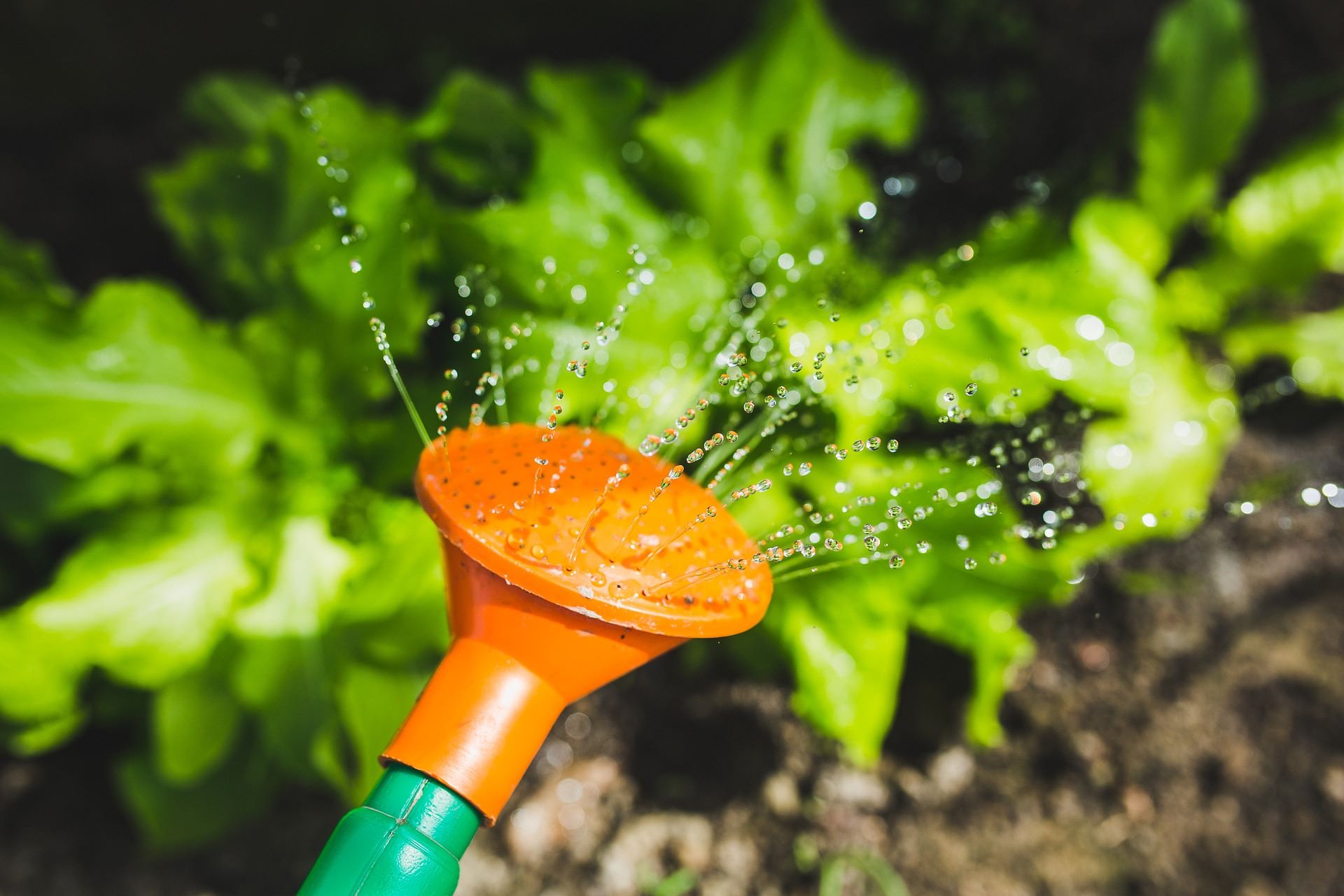
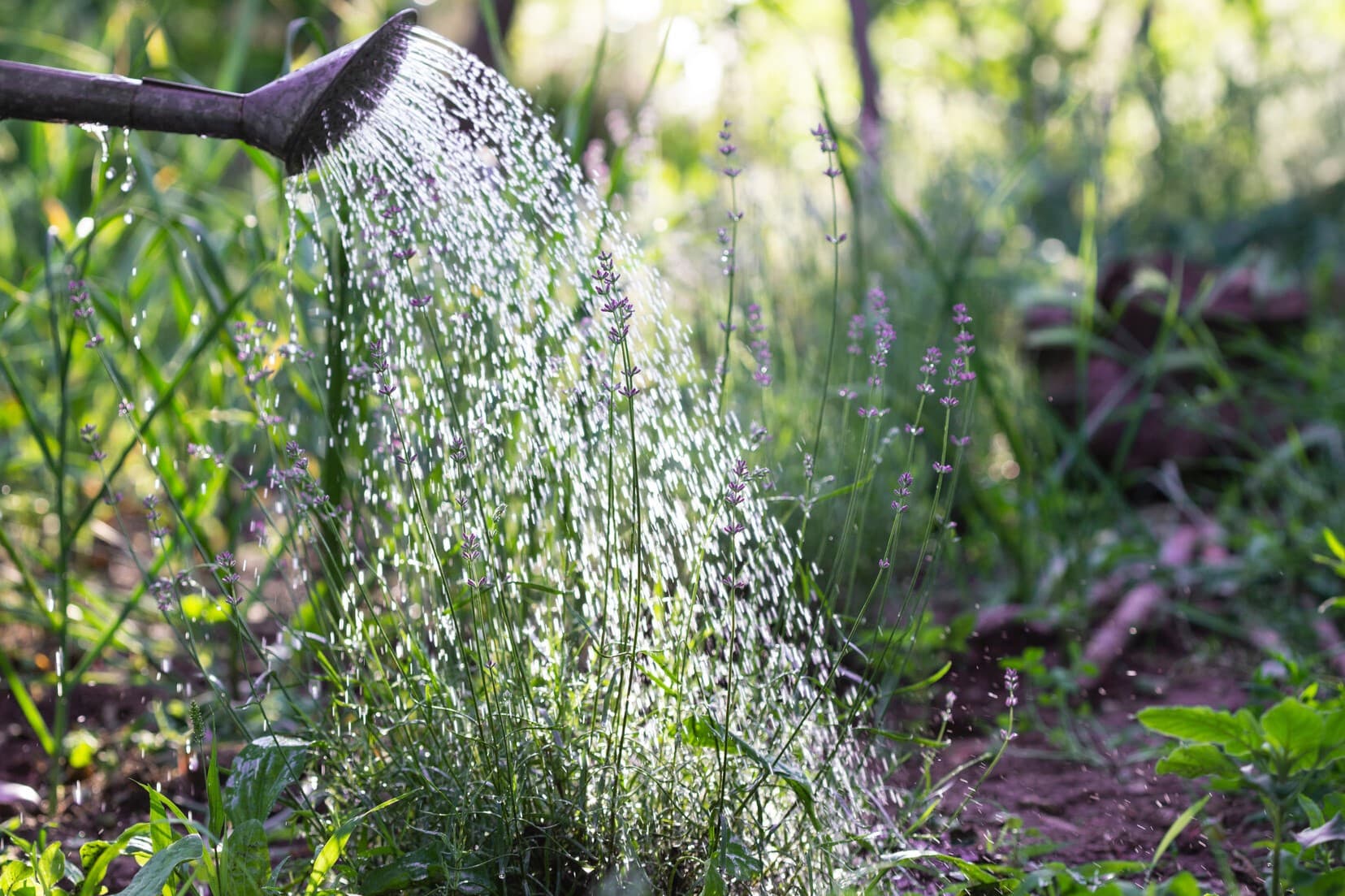
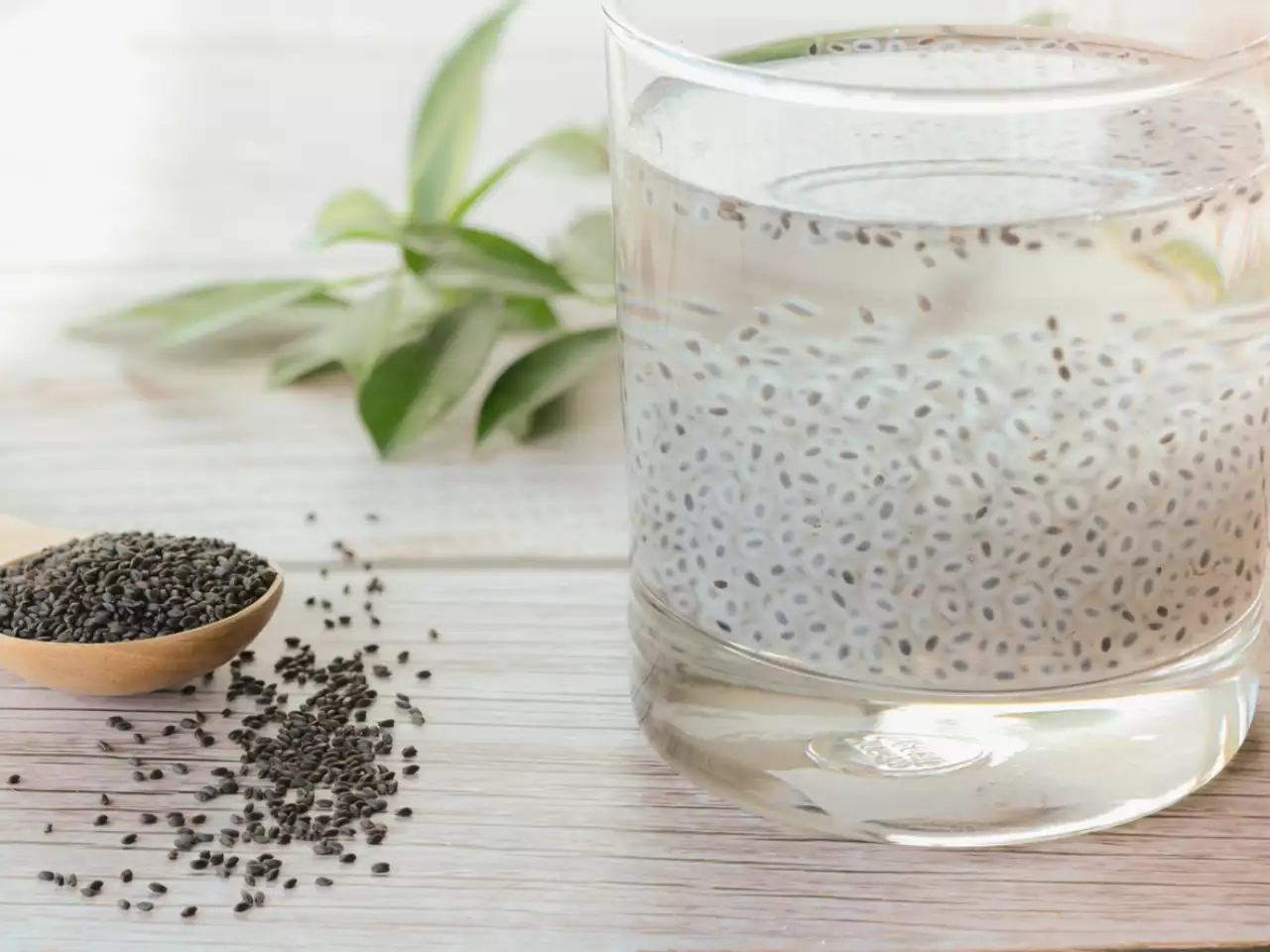
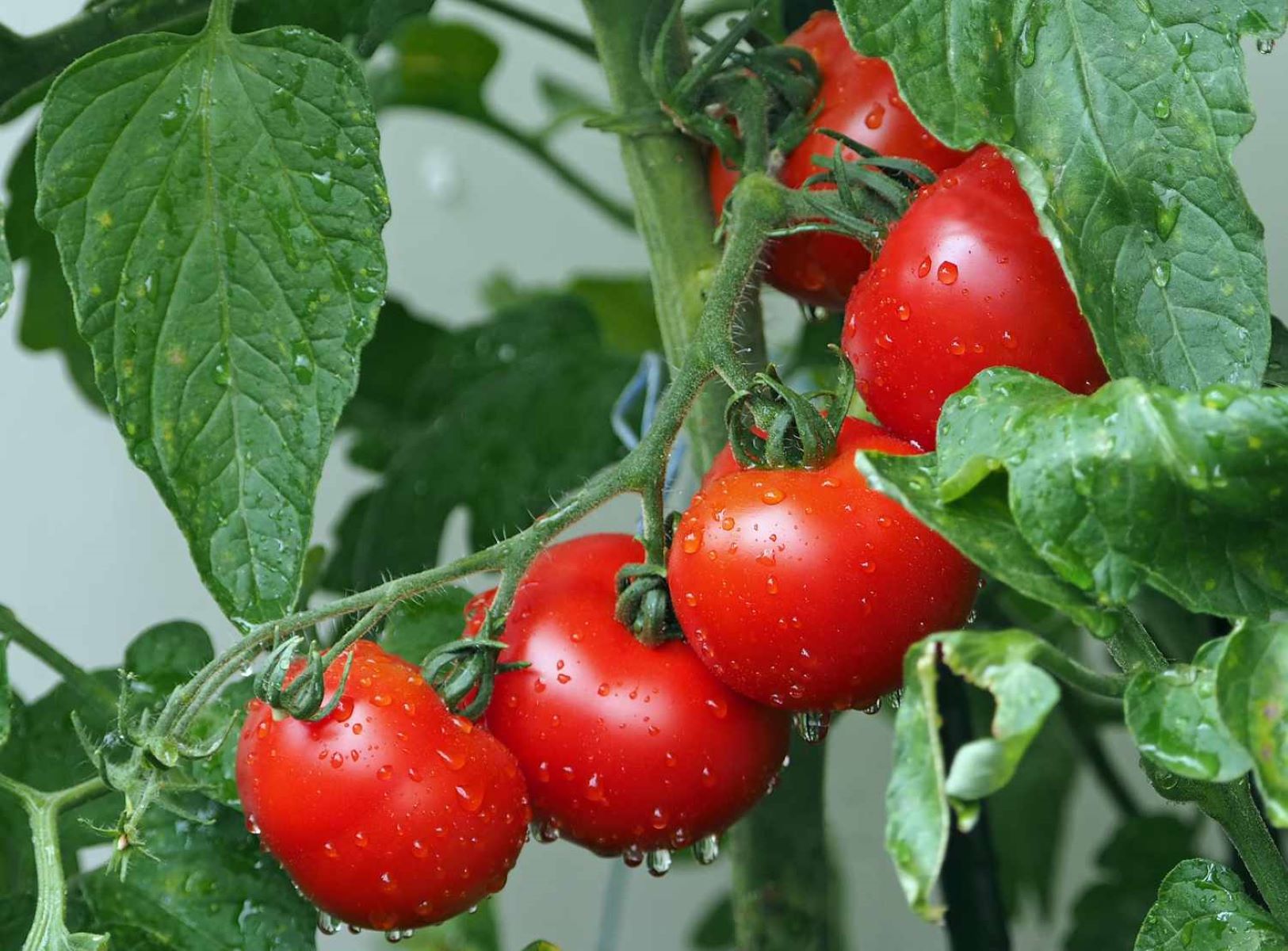
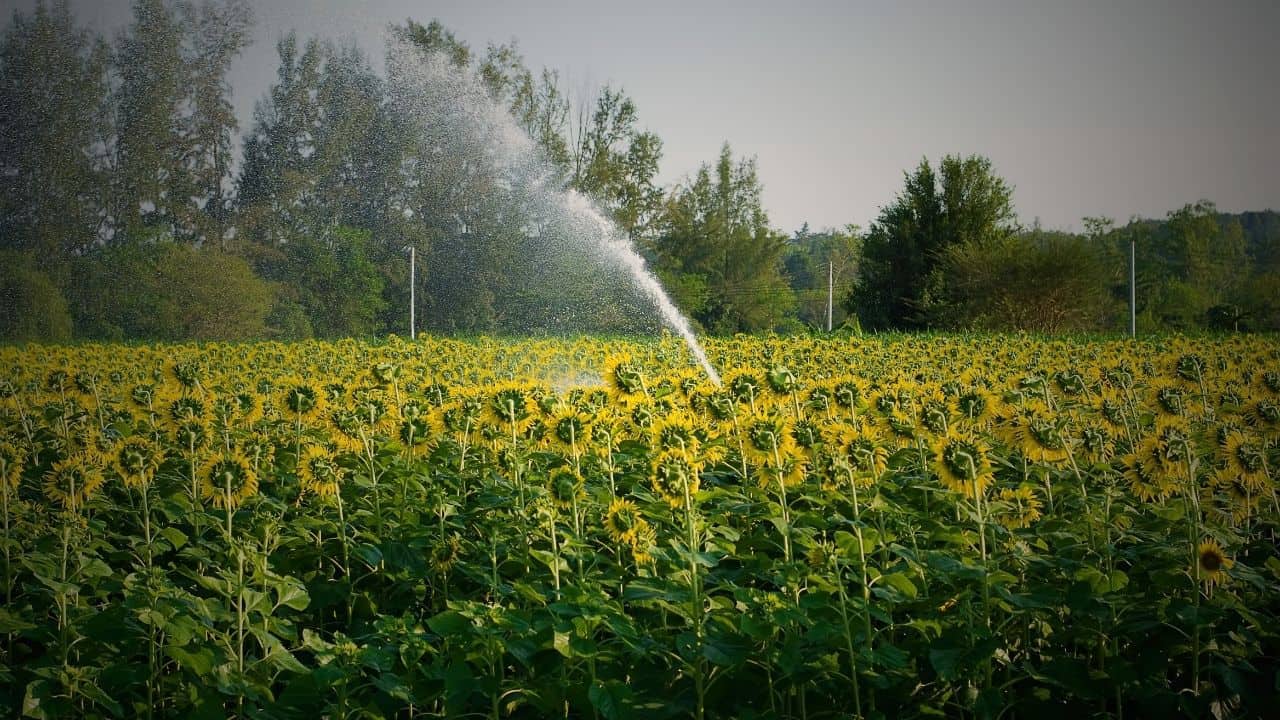
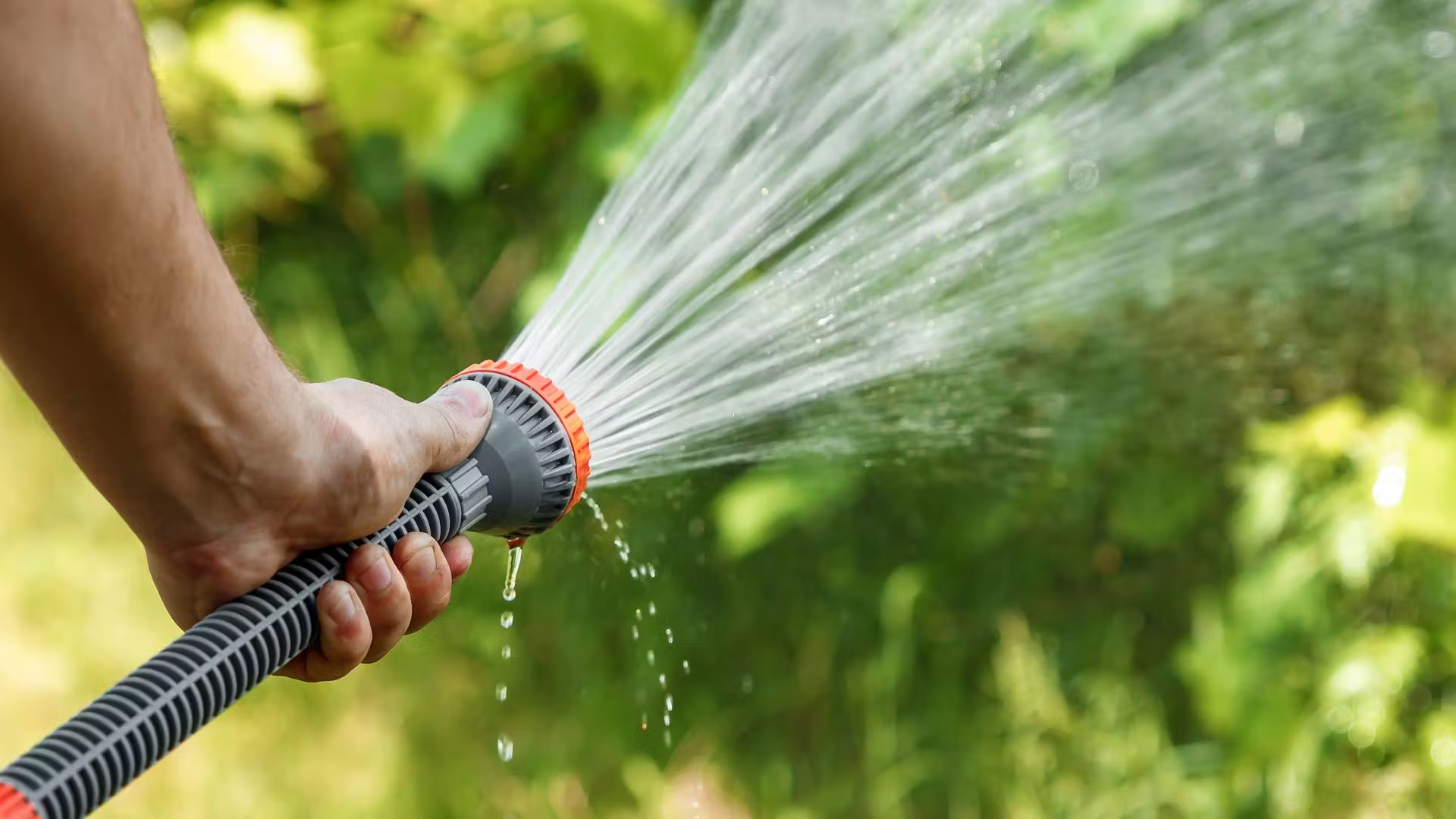
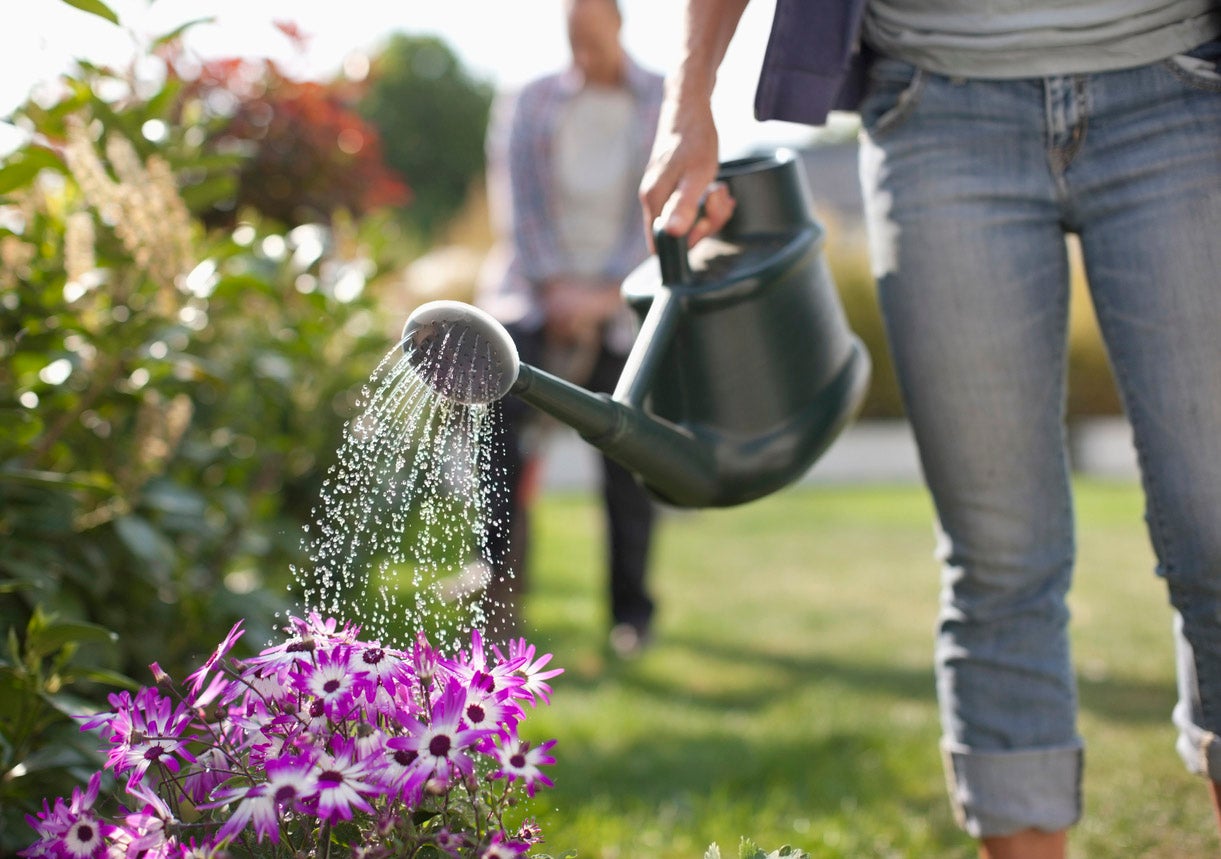
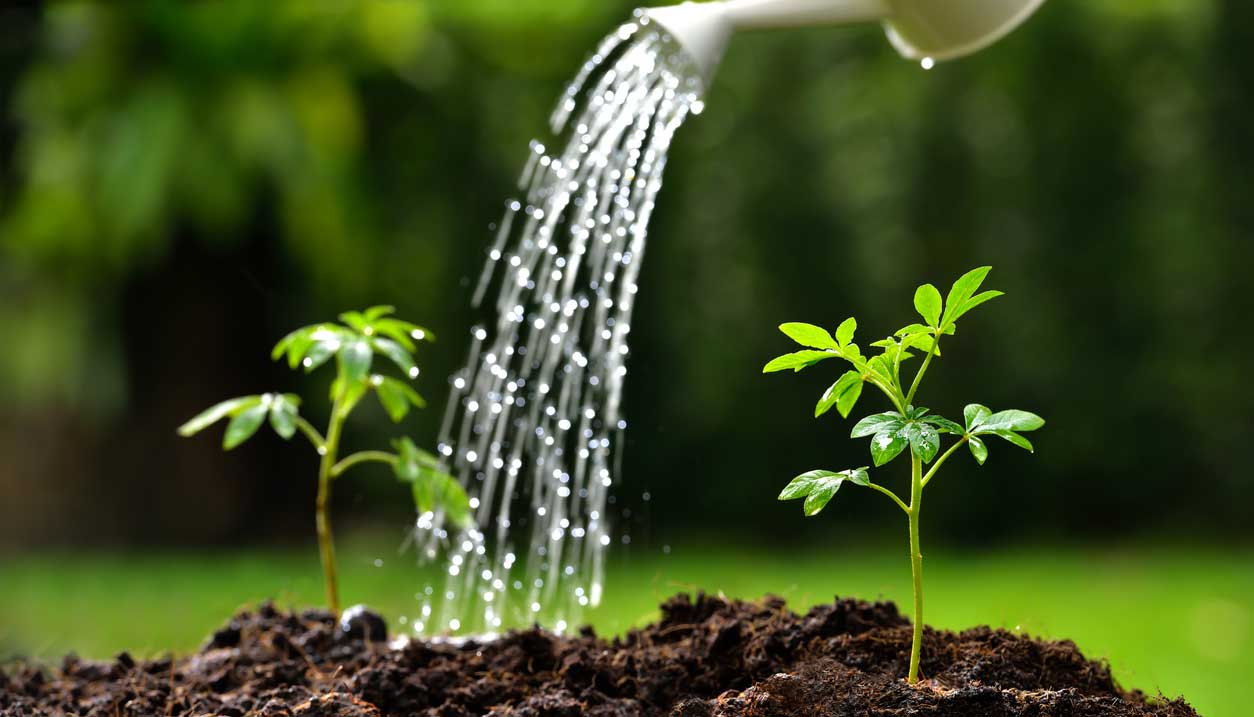
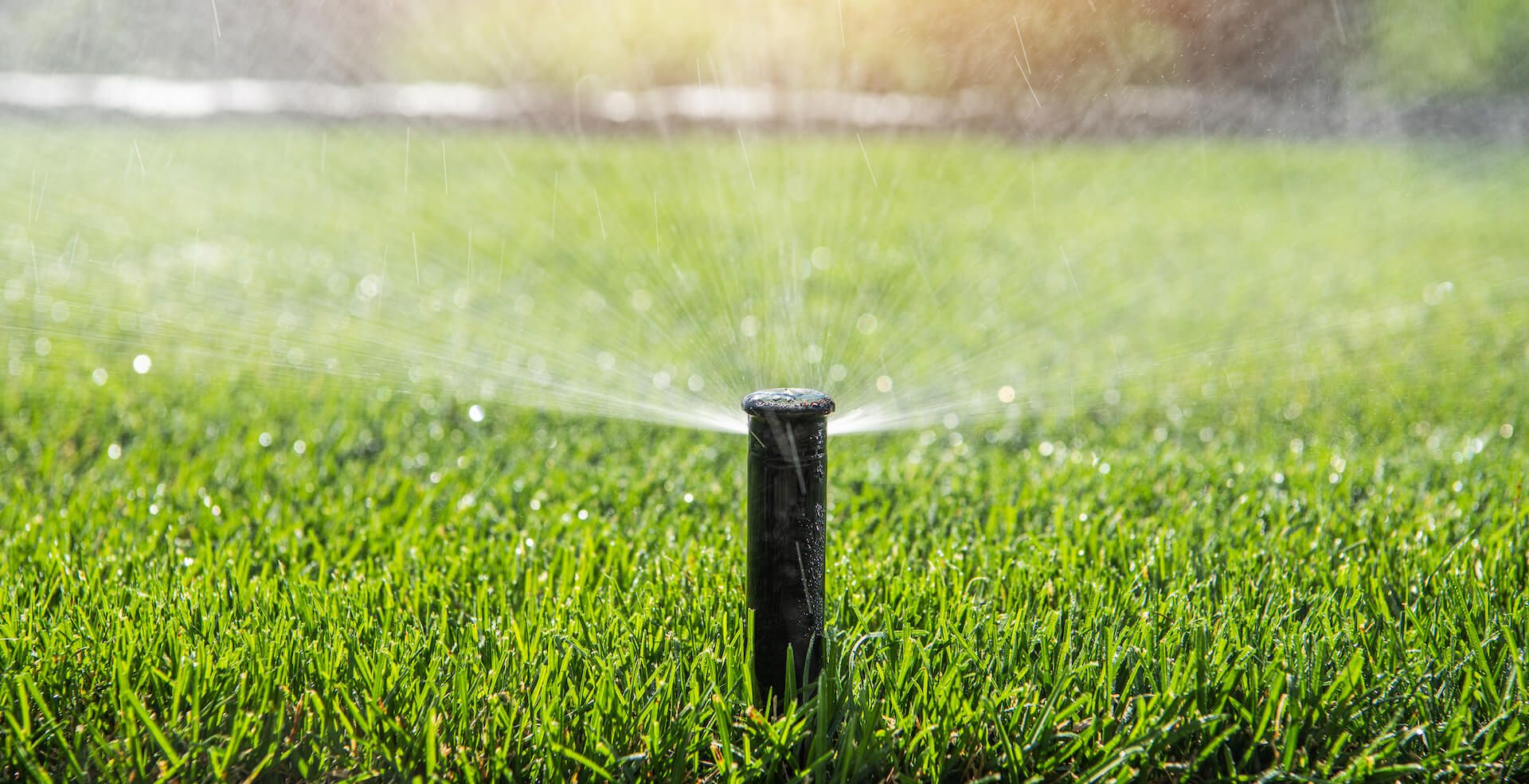

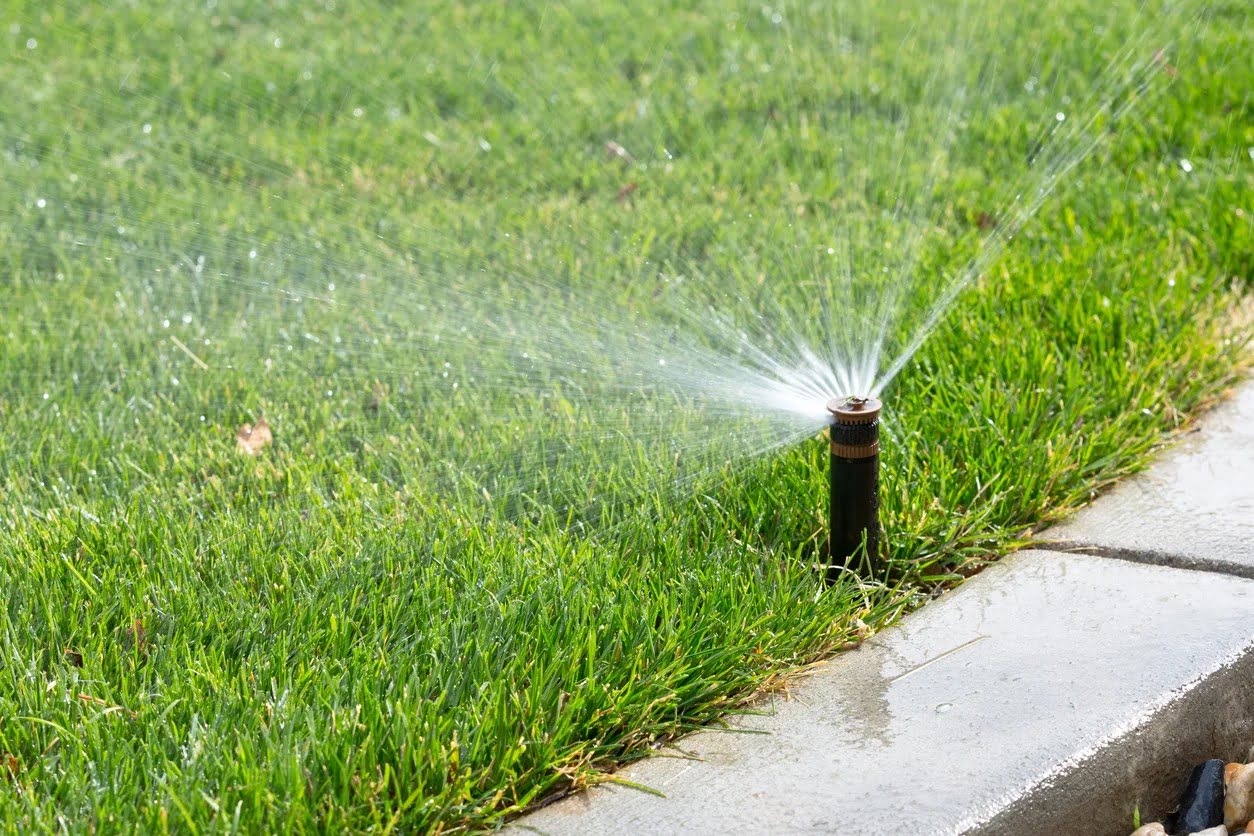
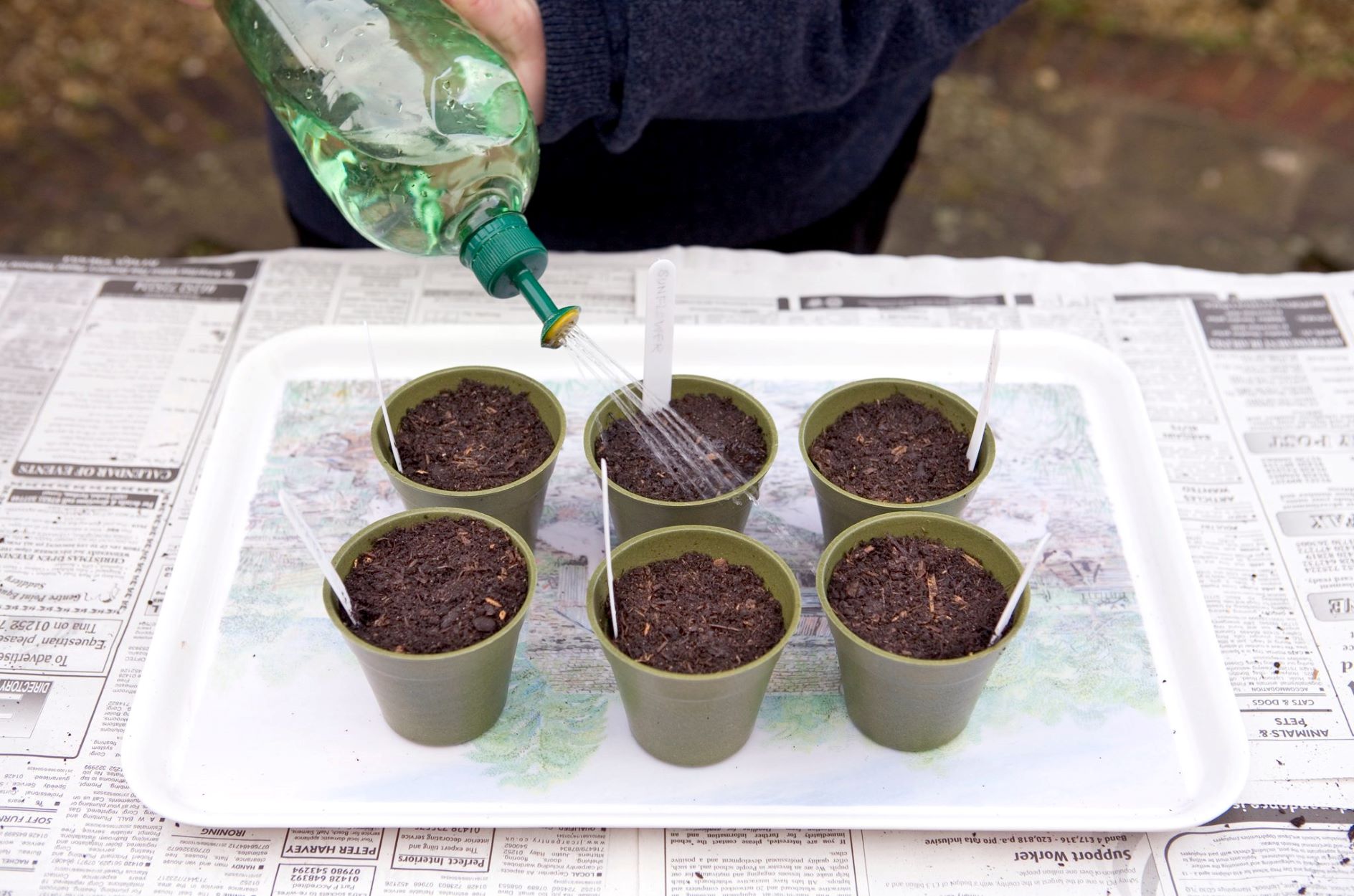
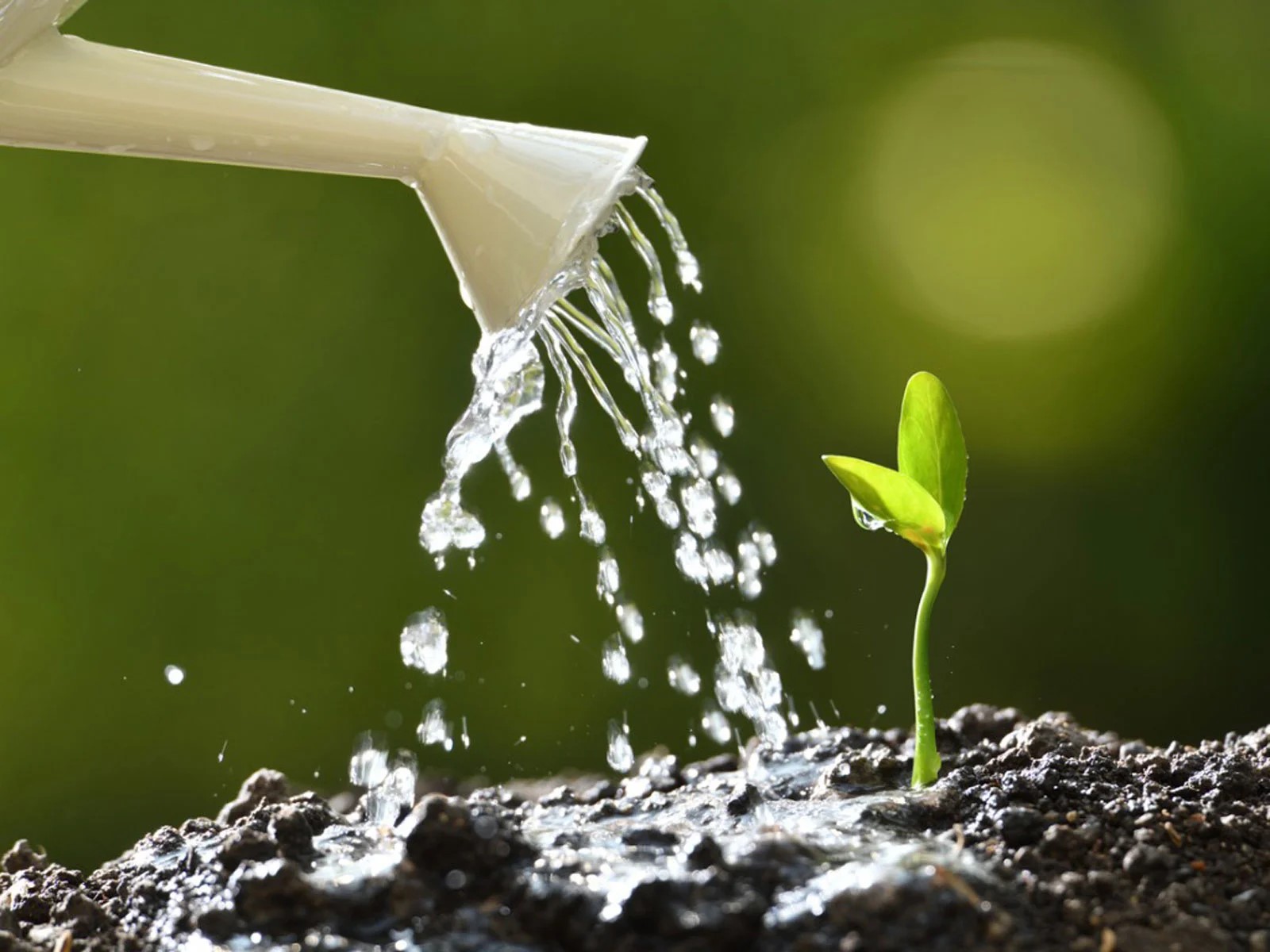
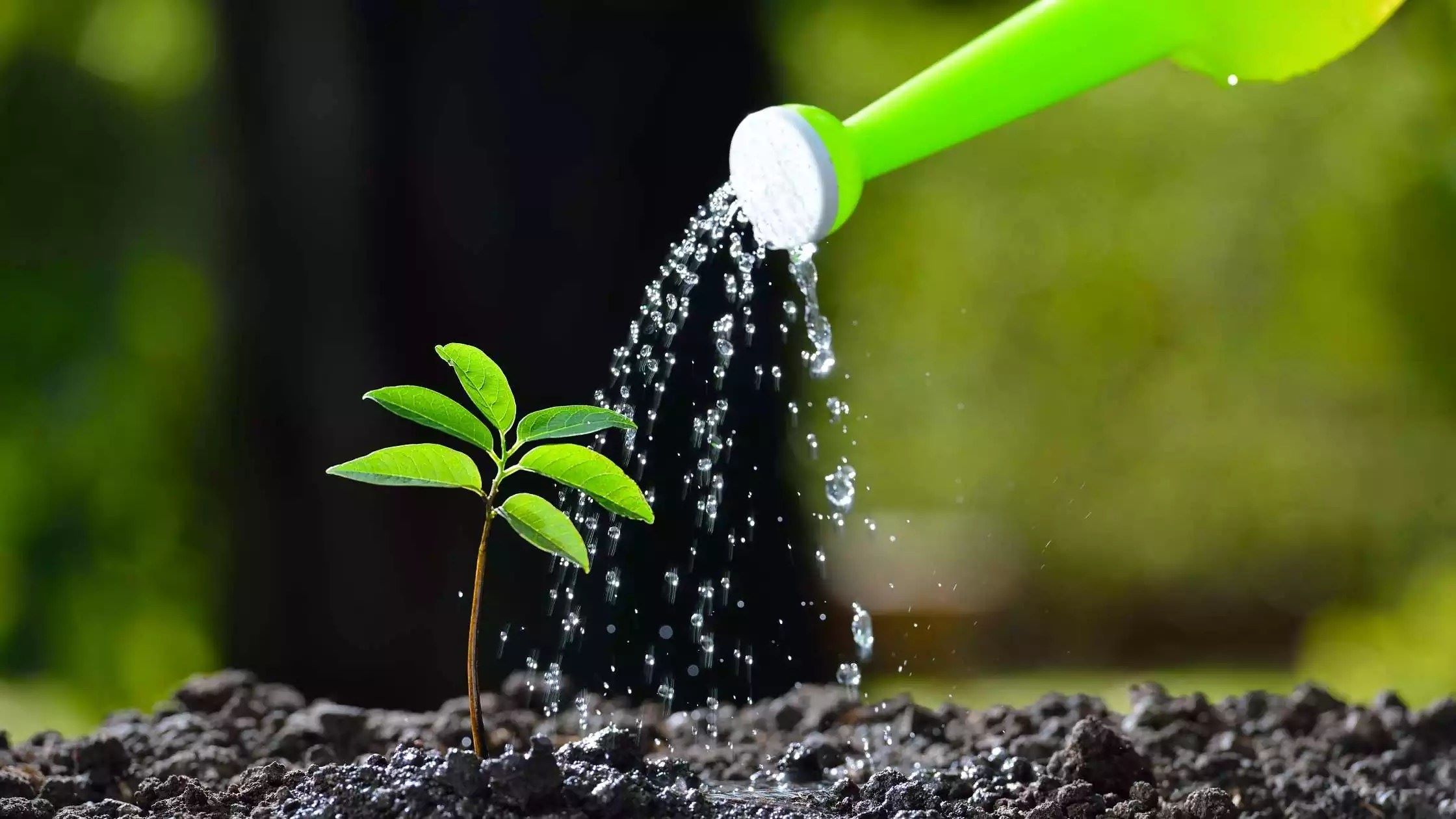

0 thoughts on “How Often Do You Water Cilantro Seeds”